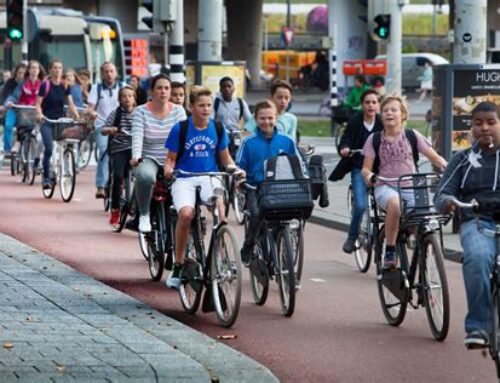When health is recognized as core societal responsibility (Sustainocracy) the care for health approach affects the entire chain of healthcare well before the care demand starts.
My own STIR societal research foundation, together with AiREAS (air quality and healthy city) and the University of Technology of Eindhoven, apply participative learning with a group of 25 international students. We are looking for ways to use technology to affect the healthcare system within the challenges of Sustainocracy. We introduce a whole new way of thinking that can eventually transform the entire healthcare chain.

In the picture above on the “continuum of care” we see the entire healthcare chain and how it develops itself from prevention via early discovery of a health problem, all the way up to the last phases of anyone’s life.
But we miss something….
When we review our current society we notice that in terms of prevention there is little we can do since our political and economic structure, together with the lifestyle that belongs to it, contributes to our health reduction. In AiREAS for instance we look at our exposure to air pollution in relation to our lifestyle. Research revealed that 50% of the responsibility is of our own as we deal with our lifestyle and pollution in an unaware way. But the other 50% is caused by our surroundings and societal cultural management. This causes the enormous cost development of the healthcare chain, loss of quality of life, reduced productivity and millions of premature death across the world.
Before we enter the care continuum we need to ask ourselves in what societal context it is placed and how we could dispute this reality from our evolving self and collective awareness? In Sustainocracy we determined 5 leading core values for sustainable human evolution and progress, such as health and the quality of our air, food and what we drink. When we design society using those core values it will have a direct impact on the entire care chain but also the quality of our life and the related overall productivity of the community.
The students have been invited to the challenge to see how they can use techological instruments (such as games) to persuade citizens to participate in the health driven society. The students need to consider the fact that most citizens, and especially those who live their lives well before any preventive actions are considered, have totally different priorities than making time free for their health. What motivation will trigger them to participate? Are there target groups that are more inclined to participate than others?
A second part of the challenge is to find economic continuïty for the application of the technology by positioning it as proof of concept with measurable social, environmental and economic impact that is taken over by the consumer.



Dit is op Global AiREAS herblogden reageerde:
Interesting learning project to see how we can influence the healthcare chain proactively